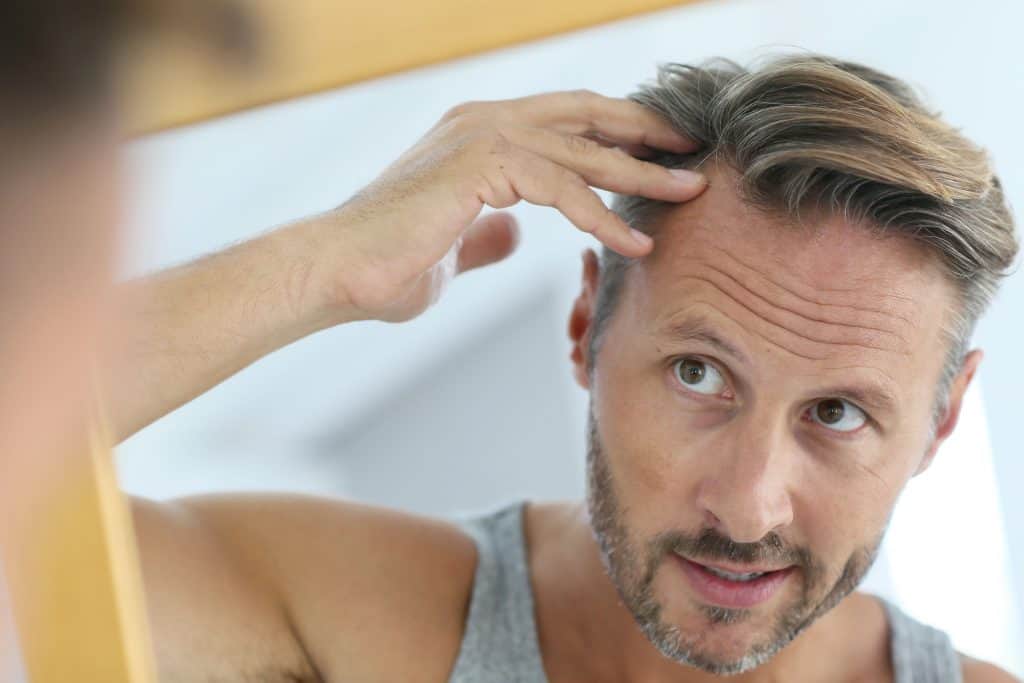
In recent years, beards have made a bold comeback, becoming a symbol of masculinity, maturity, and style. For men who struggle with patchy or thin facial hair, beard hair transplant in Dubai(زراعة شعر اللحية في دبي) have emerged as a viable solution. But is this cosmetic procedure truly worth it? This in-depth guide explores the process, results, pros and cons, and everything you need to know before deciding.
What Is a Beard Hair Transplant?
A beard hair transplant is a cosmetic procedure that involves transferring hair follicles—usually from the scalp—to the beard area. This allows for fuller, natural-looking facial hair growth in men with sparse or uneven beards. The technique used is typically Follicular Unit Extraction (FUE), where individual follicles are harvested and implanted into the beard region.
Who Is a Good Candidate for a Beard Transplant?
This procedure is ideal for men who:
-
Have patchy or thin beard growth
-
Have facial scars that disrupt hair growth
-
Desire a fuller, well-defined beard shape
-
Are in good health and have sufficient donor hair on the scalp
Candidates must also have realistic expectations and understand that final results take time.
How Does the Procedure Work?
Here’s a breakdown of what typically happens during a beard transplant:
Consultation: The surgeon evaluates your hair growth and creates a custom design for your beard
Extraction: Hair follicles are removed from the back of the scalp
Implantation: Follicles are implanted into the beard area in a precise direction and density
Recovery: Redness and minor swelling may occur for a few days. Tiny scabs form and fall off within 1-2 weeks
What Results Can You Expect?
Beard transplants offer permanent results using your own hair follicles. Once the new hair grows in, it behaves like natural beard hair—it can be trimmed, shaved, and styled. The density and shape can be customized based on the patient’s preference, resulting in a tailored appearance. Most patients report high satisfaction once the full growth cycle is complete.
Pros and Cons of Beard Hair Transplants
Advantages
-
Natural-looking results: Because your own hair is used, the result is seamless
-
Customizable design: Shape, density, and coverage can be tailored
-
Permanent solution: The transplanted follicles continue to grow for life
-
Boost in self-confidence: A fuller beard can significantly enhance facial aesthetics
Disadvantages
-
Time-consuming recovery: Results aren’t instant and take months to mature
-
Surgical risks: Though minimal, complications like infection or scarring can occur
-
Donor area limitations: Limited scalp hair can affect the number of grafts available
How to Choose the Right Clinic and Surgeon
Selecting the right provider is critical. Look for the following:
-
Board-certified dermatologists or plastic surgeons with hair transplant experience
-
Before-and-after photos of previous beard transplant patients
-
Transparent pricing and detailed consultation
-
Good reviews and testimonials from verified clients
-
Clean, accredited facility with post-op care
Avoid clinics that promise unrealistic results or rush the process. A beard transplant is both an art and science—choose quality over cost.
Recovery and Aftercare: What You Need to Know
After your procedure, proper aftercare ensures optimal results. Here’s what to expect:
-
Initial redness and swelling: These subside within 5–7 days
-
Avoid shaving: Wait at least 10 days post-surgery before trimming
-
No touching or rubbing: Helps prevent follicle dislodgement
-
Follow medical instructions: Antibiotics or ointments may be prescribed
-
Expect shedding: Transplanted hairs will fall out before regrowth begins
Patience is key. By month three, new growth will be noticeable, but the final look takes about a year to fully appear.
Alternatives to Beard Transplants
If surgery isn’t appealing, there are non-invasive options—though results vary:
-
Minoxidil (Rogaine): Stimulates hair follicles, with mixed evidence
-
Beard microblading: Semi-permanent pigment to mimic beard stubble
-
Beard implants (synthetic fibers): Rare and not widely recommended
-
Hair fibers or makeup: Temporary cosmetic coverage
While these may be cheaper or quicker, they often lack permanence and consistency.
FAQs
Is a beard transplant painful?
Most procedures use local anesthesia, so you’ll feel minimal discomfort. Some soreness may occur afterward, but it is manageable with medication.
Will the transplanted hair look natural?
Yes, because your own hair is used and implanted with precision, the results typically blend seamlessly with your existing beard.
How long until I see full results?
You’ll see visible growth in 3–4 months, with full results in 9–12 months.
Can I shave or style my new beard?
Absolutely. Once healed, the hair can be trimmed, shaved, and styled just like natural beard hair.
Is there a risk of scarring?
FUE techniques minimize scarring. Tiny punctures at the donor and recipient sites usually heal without noticeable marks.
What if I don’t have enough donor hair?
If scalp donor hair is limited, some surgeons may explore body hair transplantation, though results vary.
Can I get a transplant to cover a beard scar?
Yes, beard transplants are often used to conceal acne or injury scars with great success.
Final Thoughts
Beard hair transplant(زراعة شعر اللحية) have become an increasingly popular choice for men seeking a fuller, well-shaped beard. While the procedure requires investment, recovery, and patience, the permanent, natural-looking results can be life-changing for those with patchy or sparse facial hair. For men committed to elevating their appearance and confidence, the benefits of a beard transplant often outweigh the costs.